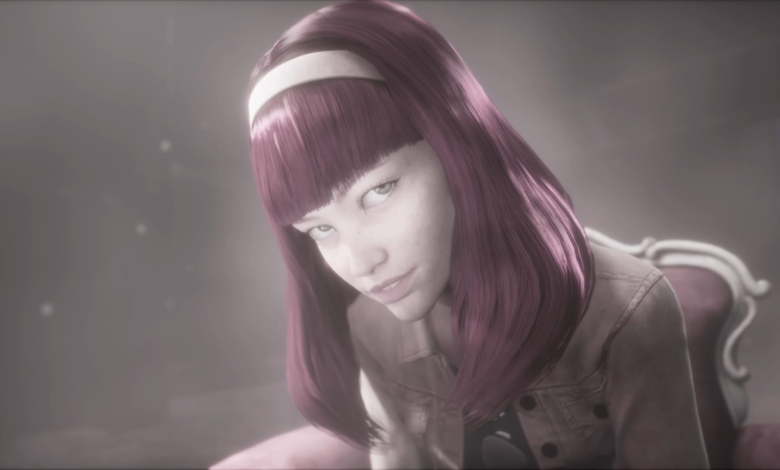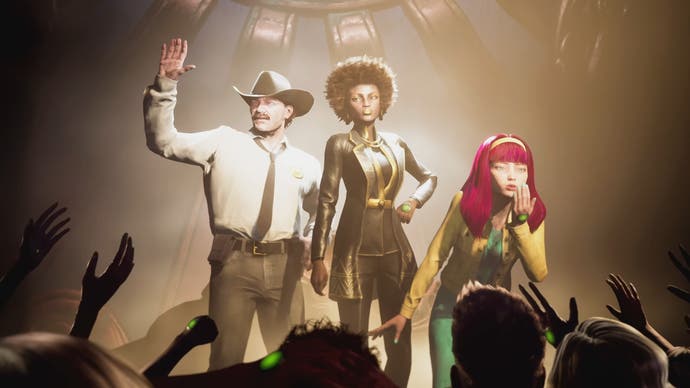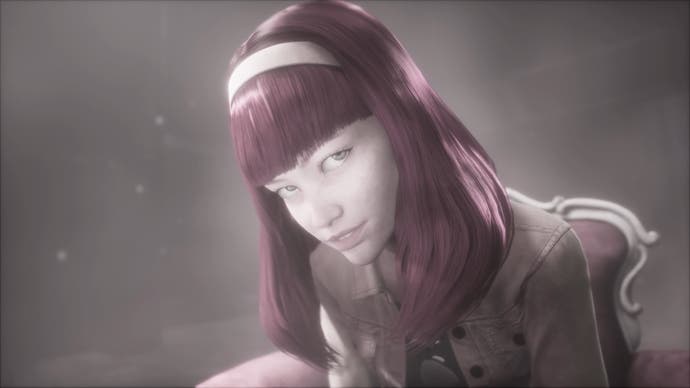BioShock creator Ken Levine finally explains Judas “narrative Lego” concept

If you click on a link and make a purchase we may receive a small commission. Read our editorial policy.
It’s been 10 years since BioShock Infinite, and creator Ken Levine is still not done with follow-up project Judas. But the game is inching closer, evidenced recently by its appearance in trailers and now, a marketing beat where select people such as Game Awards host Geoff Keighley have now played it for several hours.
On the surface, this is a BioShock game in all but name, with gunplay and elemental powers in an offbeat alternate universe setting. And this is essentially what trailers have shown us of the game so far.
Now, Levine has discussed how this all fits with his long-standing desire to make a game from “narrative Lego” – essentially, from hand-crafted bits that are combined differently each time you play.
 JUDAS – Geoff Plays Ken Levine’s New Game in Boston
JUDAS – Geoff Plays Ken Levine’s New Game in BostonThe basics are that you play as Judas, the woman with long white hair glimpsed in previous trailers, aboard a crashing city-sized spaceship named the Mayflower. She begins the game having died, but is able to “reprint” herself back to life, which seems a process not unlike BioShock’s Vita-Chambers.
Central to Judas’ experience – and to how the game adapts to each playthrough – will be digital projections of three other characters who you can ally yourself with to varying degrees: a sheriff character named Tom, played by the ubiquitous Troy Baker, a woman named Nefertiti and girl named Hope.
How you’ll experience their stories and how they react to Judas will depend on your actions, and how you explore the game’s non-linear world – similar, Keighley says, to how Shadow of Mordor’s Nemesis system reacted to players.

Choosing to undertake missions for one of these characters will change how the other two view you – to the point where they may pop up to sabotage your progress. Ultimately, you won’t be able to keep equilibrium between them, and have to choose a side.
Keighley describes the combination of the player character’s actions and how you respond to the three in turn as a complex set of variables, but acknowledges the success of this is something that can only be judged when the game is done, and the true complexity of it all is revealed.
Once again, there’s still no word on a release date, butwe’re expecting Judas to launch this financial year – before April 2025.




